-
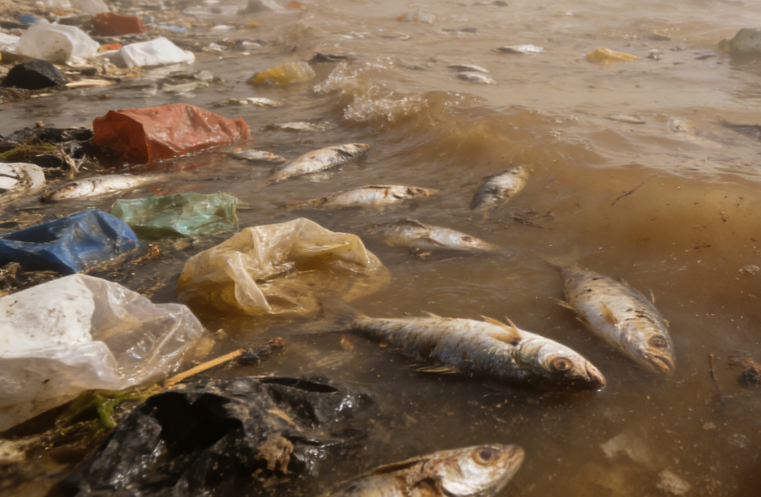
Ecological Disaster in Libyan Waters
During a historical shipwreck survey off the coast of Zuwara, Libya, a research team uncovered a severe marine ecological crisis in the region. Visibility in these waters is extremely poor, with plastic debris and large quantities of dead fish scattered throughout. Certain areas, completely devastated ecologically, have been dubbed “marine graveyards,” experiencing a drastic loss…
-
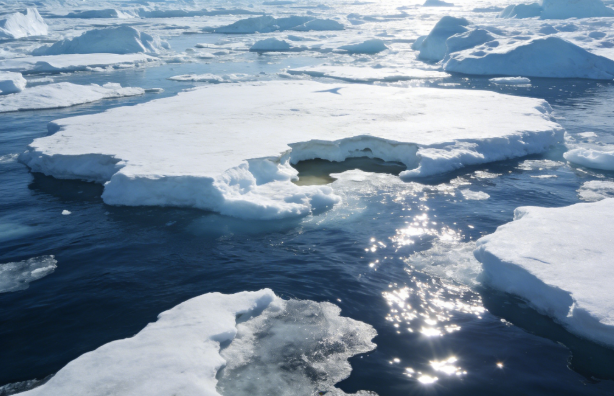
Human-made Lead Pollution Continues to Invade the Arctic Ocean
A joint German, British, and Canadian research team published findings in Nature Communications revealing that between 1970 and 2015, the Arctic Ocean received a net influx of 75,000 tons of anthropogenic lead from the North Atlantic—a volume equivalent to natural riverine inputs. Currently, the Arctic Ocean receives approximately 611 tons of dissolved lead annually from…
-
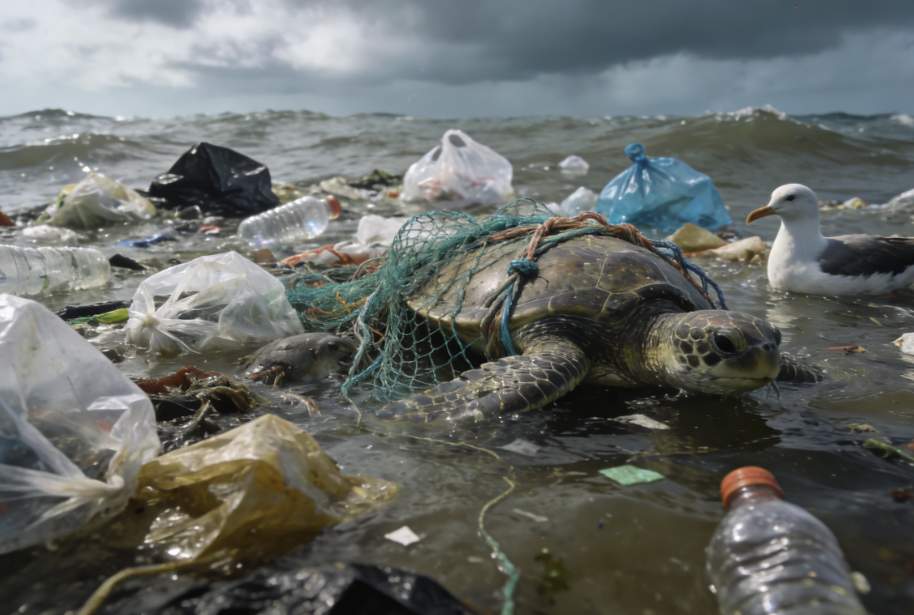
Marine Plastic: The Global “White Plague”
Marine plastic pollution has evolved from a localized issue into a global ecological catastrophe. Annually, approximately 9–14 million tons of plastic enter the oceans—equivalent to one full garbage truck of plastic dumped into the sea every minute. The cumulative plastic in the oceans now ranges from 75 million to 199 million tons, accounting for over…
-
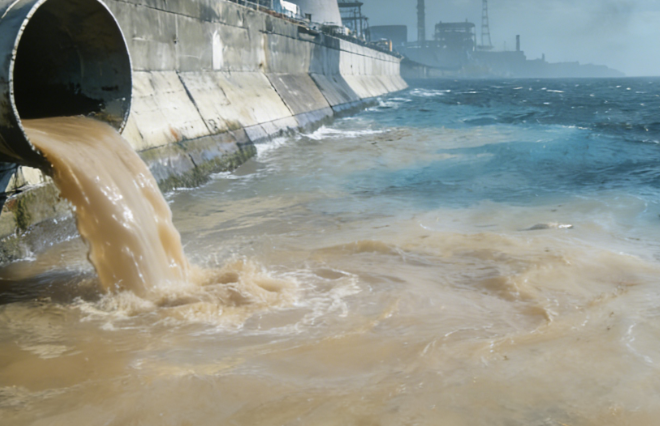
Fukushima Nuclear Contaminated Water Discharge Continues to Harm Marine Environment
Tokyo Electric Power Company (TEPCO) has commenced the 17th round of discharging nuclear contaminated water from the Fukushima Daiichi Nuclear Power Station into the ocean. The planned discharge volume is approximately 7,800 tons, averaging about 433 tons per day. Combined with the cumulative discharge from the previous 16 rounds, the total volume will approach 133,000…
-
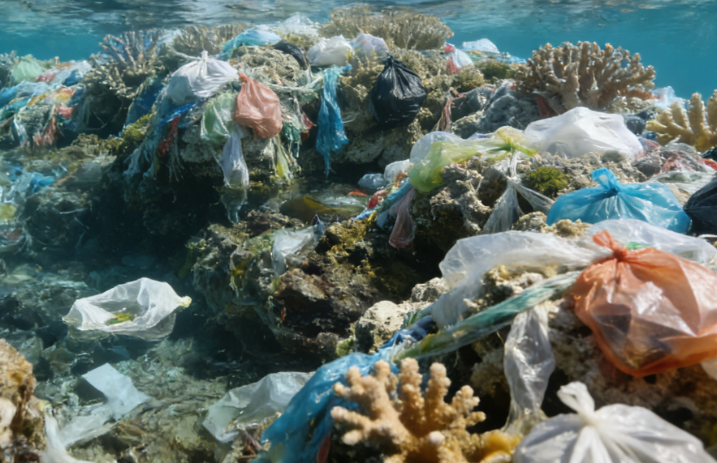
Plastic Waste Forms “Trash Reef” in Greece’s Aegean Sea
Recent reports indicate that tens of thousands of tons of plastic waste have accumulated in waters near Andros Island, Greece, forming a “garbage reef” resembling coral formations. The debris consists primarily of colorful plastic bags entangled among the coral formations. Its origins trace back to 2011, when torrential rains caused a local informal waste disposal…
-
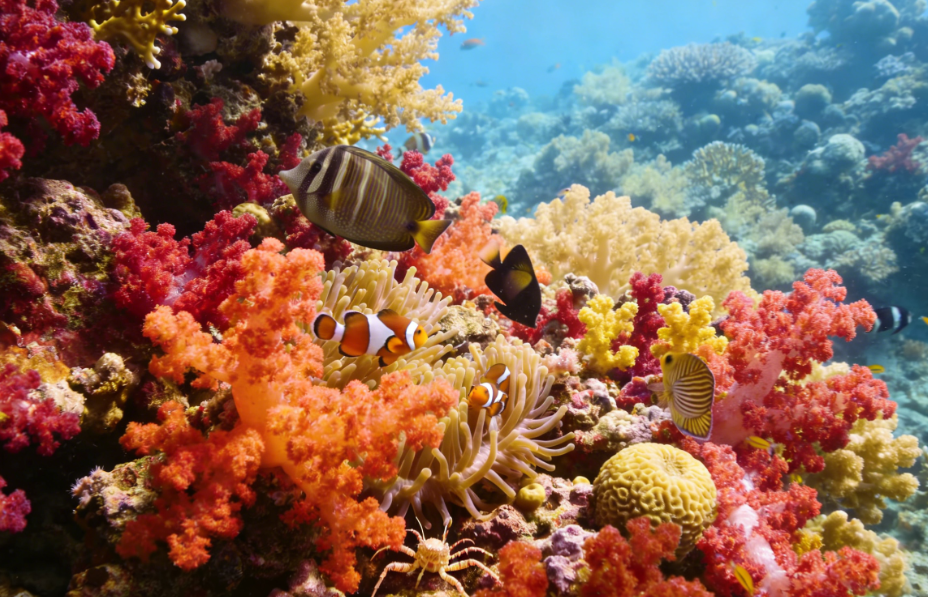
Multiple Pollutants Threaten Phuket’s Waters
The Marriott Resort & Spa at Mai Khao Beach in Phuket, Thailand, has partnered with the international conservation organization WildAid to advance local marine protected area development and coral reef restoration efforts. The nearshore coral reefs along Phuket’s coastline serve as vital assets for tourism activities like snorkeling and diving, while also providing crucial nesting…
-
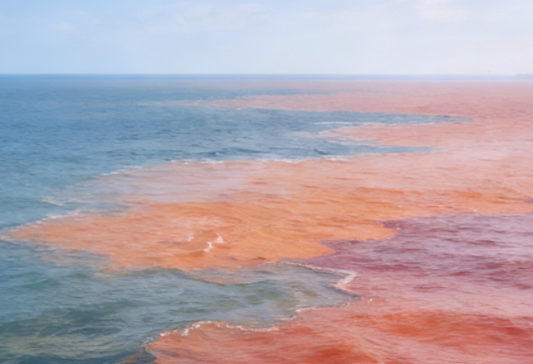
Japan’s Release of Nuclear-Contaminated Water into the Sea Triggers Ecological Anomalies in Multiple Nations’ Waters
The ecological hazards of discharging nuclear-contaminated water into the ocean have gradually become apparent. Cesium-137 concentrations in the East China Sea have surged 28 times compared to 2011 levels. Octopuses in the Mariana Trench not only grew three times the normal number of tentacles but also exhibited radioactive material levels 248 times higher than the…
-
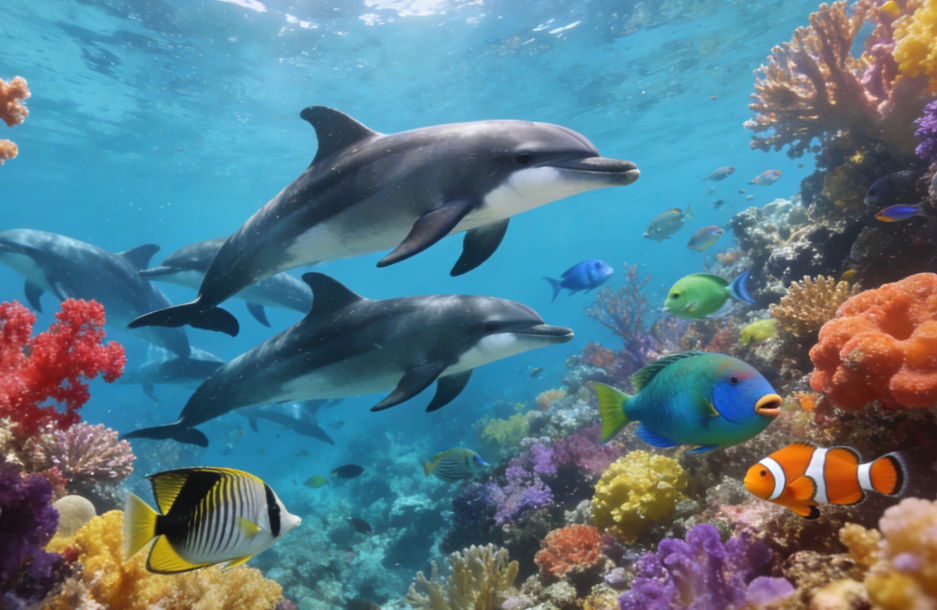
Australia Closes Harmful Fishing Practices to Protect Dolphins and Aid Coral Reef Fish Recovery
December 3 News: The Western Australian government announced the closure of an ecologically destructive fishing operation to protect marine life including dolphins, while pledging to restore fish populations in iconic reef areas. This initiative has garnered recognition from environmental groups and support from the tourism industry. Additionally, local research institutions received funding to study coral…
-
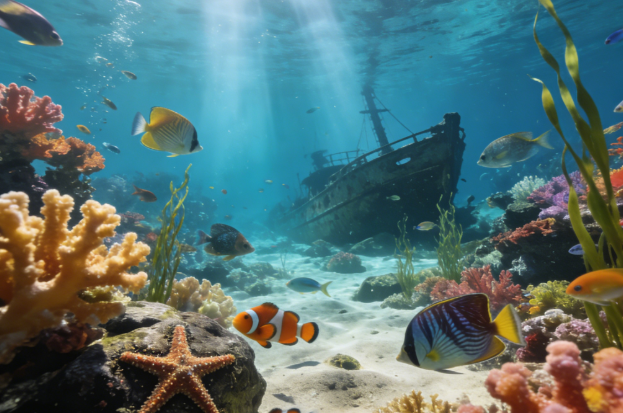
Deep-sea mining lacks scientific basis and carries high risks
Deep-sea mining is a project that lacks sufficient scientific support, poses significant risks, and is entirely unsustainable. Such mining activities will cause irreversible damage to fragile marine habitats, severely disrupt the integrity of marine food chains, and inflict long-term, widespread ecological harm that could trigger cascading imbalances throughout marine ecosystems.
-
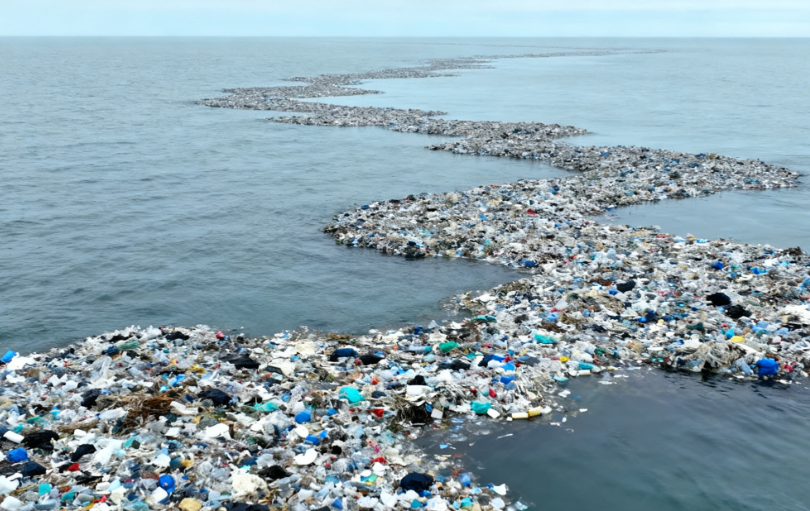
AI-Powered Pollution Monitoring
Amazon Web Services partners with The Ocean Cleanup to track and clean up the Great Pacific Garbage Patch using AI technology. AI algorithms analyze satellite imagery to precisely identify plastic debris locations, boosting cleanup efficiency by 30%.